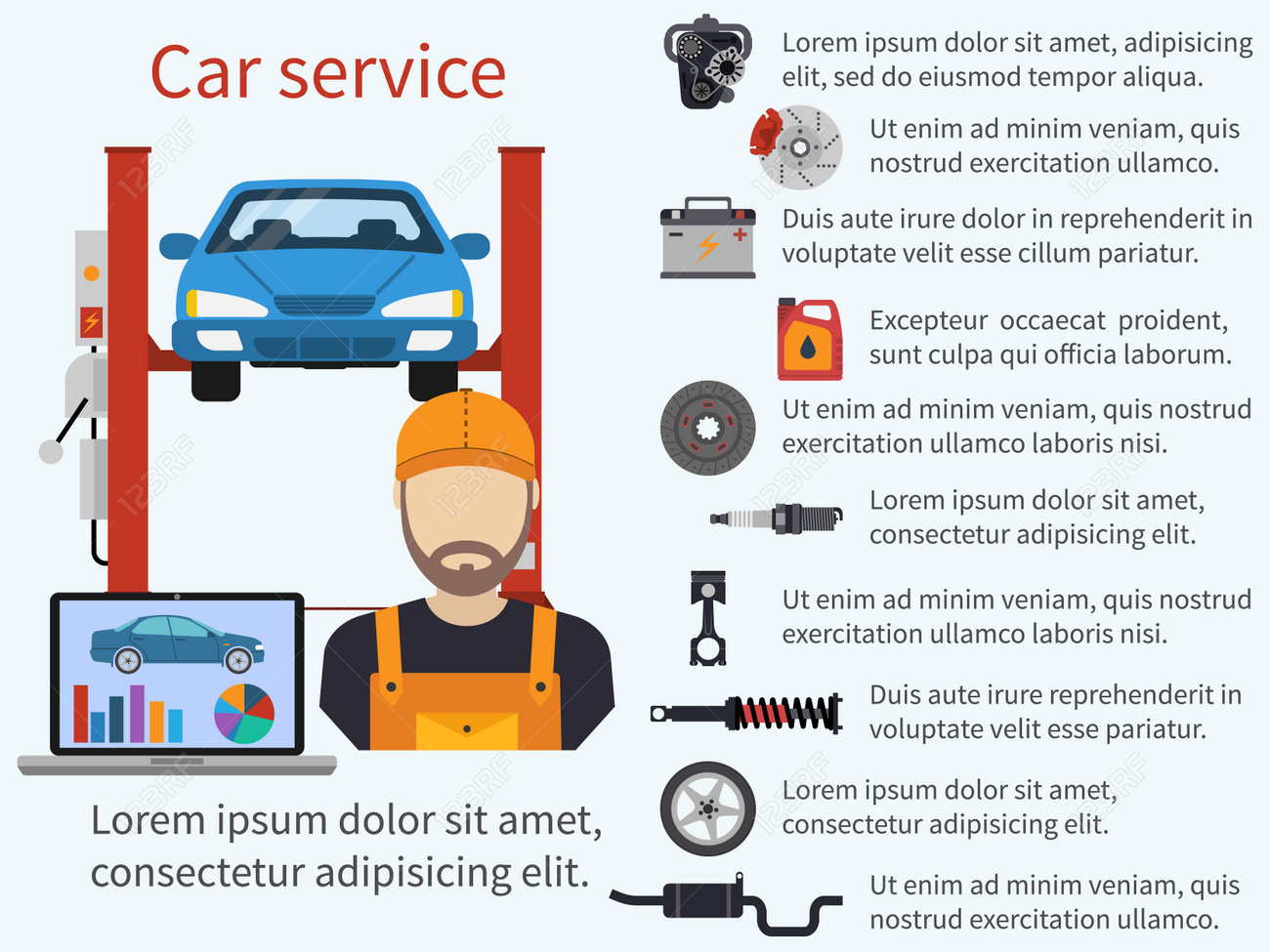Understanding The Value Of Your Car'S Warning Signals: What They In Fact Represent
Understanding The Value Of Your Car'S Warning Signals: What They In Fact Represent
Blog Article
Article Produced By-Samuelsen Dalgaard
When you lag the wheel, those radiant caution lights on your control panel can be a little bit puzzling. Do you know what they're trying to tell you concerning your automobile's health and wellness? Comprehending the significance of these lights is crucial for your safety and security and the long life of your car. So, the next time one of those lights appears, wouldn't you intend to understand its message precisely and take the necessary actions to resolve it?
Common Caution Lighting and Interpretations
Recognize common warning lights in your automobile and recognize their definitions to ensure secure driving.
One of the most typical warning lights include the check engine light, which signals issues with the engine or discharges system. If this light comes on, it's essential to have your lorry checked promptly.
The oil stress cautioning light shows reduced oil stress, requiring immediate attention to avoid engine damages.
A flashing battery light could suggest a faulty billing system, potentially leaving you stranded if not resolved.
The tire stress surveillance system (TPMS) light informs you to low tire stress, impacting automobile stability and fuel effectiveness. Neglecting this might result in harmful driving conditions.
car cut and polish suggests an issue with the anti-lock stopping system, compromising your ability to stop quickly in emergencies.
Finally, the coolant temperature level warning light warns of engine overheating, which can result in extreme damage otherwise fixed swiftly.
Recognizing these typical warning lights will certainly help you resolve concerns quickly and maintain secure driving conditions.
Relevance of Prompt Attention
Comprehending the common warning lights in your automobile is only the primary step; the significance of quickly attending to these warnings can not be emphasized enough to ensure your security when driving.
When a warning light illuminates on your control panel, it's your cars and truck's method of interacting a prospective concern that needs interest. Ignoring these warnings can result in extra severe issues later on, jeopardizing your security and potentially costing you extra out of commission.
Prompt interest to advising lights can prevent break downs and accidents. For instance, a blinking check engine light might indicate a misfire that, if left neglected, could cause damages to the catalytic converter. Addressing this quickly can save you from a pricey fixing.
Similarly, a brake system cautioning light may signify reduced brake liquid or used brake pads, essential elements for your safety when driving.
Do It Yourself Troubleshooting Tips
If you discover a warning light on your control panel, there are a couple of do it yourself fixing tips you can attempt prior to looking for expert assistance.
https://999ktdy.com/voted-top-3-mechanicsauto-repair-shops-lafayette/ is to consult your automobile's handbook to understand what the certain warning light indicates. Often the concern can be as straightforward as a loosened gas cap setting off the check engine light. Tightening up learn this here now may settle the trouble.
interior car cleaning is a low battery, which can trigger different cautioning lights. Checking the battery connections for rust and ensuring they're protected might repair the problem.
If a warning light persists, you can attempt resetting it by disconnecting the cars and truck's battery for a couple of mins and afterwards reconnecting it. Additionally, inspecting your lorry's fluid degrees, such as oil, coolant, and brake liquid, can assist troubleshoot warning lights related to these systems.
Verdict
To conclude, comprehending your car's warning lights is necessary for keeping your car running efficiently and safely. By without delay addressing these alerts and recognizing what they indicate, you can prevent pricey repairs and prospective failures.
Remember to consult your vehicle's guidebook for specific details on each warning light and take action as necessary to make certain a trouble-free driving experience.
Stay notified, stay safe on the road!
